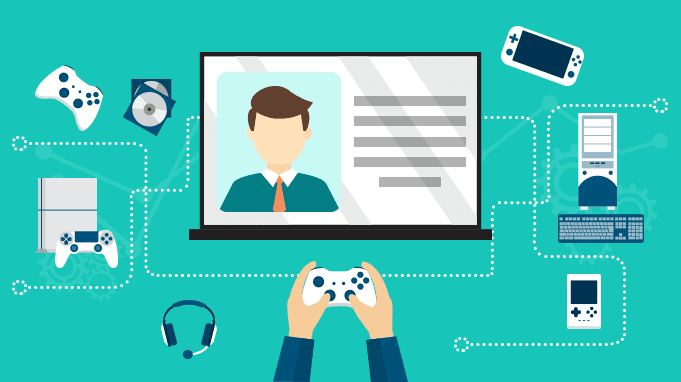Gamification has been studied a lot and it has been found to be strongly based on hormones and the experience of pleasure. Playing is a pleasant pastime because it brings playfulness to life, which increases the production of dopamine in the basal nuclei of the hypothalamus of the brain. Dopamine acts on the reward centres of the brain and is called the hormone of happiness and pleasure.
Maybe the games work so well because they’re fun and don’t feel like marketing. Playing is a relaxed way to get to know the brand and spend time with it. For the marketer, on the other hand, the game is a reliable tool for collecting customer contacts, when the games help to obtain an address book for marketing – taking data protection and GDPR into account, of course.
Games and their interactive content should be of common interest to marketers, and target groups and track KPIs. People are even more specific about their own time and what kind of content they want to spend their time on.
Everyone is competing for people’s attention. A fleeting ad on television or on the internet is often only passively visible for a few seconds, while games are entertaining and active for at least dozens of seconds, most often for a few minutes.
The core benefits of gamification are:
- Getting in touch with the customer
- Inclusion
- Interactivity
- Collecting leads
- Activating business and increasing sales
- Flexibility: enables bold optimization and functional experimentation
- The game rises above the commercial noise and turns it into a more attractive pastime
“Gamification is not a separate block that comes on top of other marketing but is an integral part of the marketing mix. It can be a continuous activity or a campaign model. The deepest idea of gamification is in its interactivity, which works at different stages of the adoption process and purchase path, from attracting attention to the brand to offering added value to loyal customers.”
“The game platform is flexible to use, but it has a certain amount of complexity. In order to really get the most out of it, it requires deeper expertise. This world and systems are familiar to 4D and they are easy to use. The whole is managed in one place, and when the information travels at the system level, for example, it is possible to target social media channels and CRM”.
The game itself is not the solution, but also in gamification, the content is king. According to the reputed gamification company, the content must be interesting and relevant. Putting a wheel of fortune on the front page doesn’t work if it’s a separate thing, it’s not really part of the service, it lacks an idea and targeting the right target group. Making games requires a strategic and tactical eye, creative ideas and skilful visual elements, just like in advertising in general.
The Plan quick, fail-fast ideology we are familiar with from digital and social media can also be applied to gamification. The tool enables easy variation, so you can start testing with a low threshold. You should make a lot of games, test them and change them.












Discussion about this post